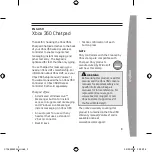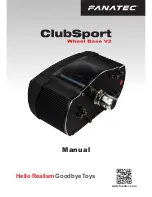
Inspection After Cleaning
(21) Before assembling the regulator, it is necessary to inspect all the cleaned components. Using a
magnifying glass or inexpensive USB microscope, ensure all parts are clean and contaminant-free, and
check the components for damage that may have been hidden by corrosion or lubricant. Look for
scratches that may affect the sealing surfaces of the regulator.
(22) Lay all parts out on a padded work surface following the schematic. A rubber or silicone mat of
suitable size that is clean and free of contaminants works well for this.
(23) Now that all parts have been cleaned and checked, the assembly can begin. Remove the new parts
from the service kit bag and lay them out following the schematic, matching them to the old parts for
size. Then make sure all old parts that are to be replaced have been discarded or segregated.
Caution Note: Removing parts from their packaging, before they are to be used,
runs the risk of mixing them up. Some O-rings are very close in size but are not
interchangeable! Keep the parts in their packaging until you are ready to
exchange them for their used equivalent.
(24) As with the parts that have been cleaned, it is a good idea to inspect the new parts as well. Inspect
the LP Seat to ensure it is free of any defects. Check all the O-rings and inspect them as you use them
for nicks or imperfections. Inspect the washers to ensure they are free of burrs or other defects that
could affect their function. It is critical to use the parts list on the schematic to ensure that all new parts
are present and accounted for in their required quantities.
(25)
Lubrication can be overdone
.
Doing so runs the risk of trapping excess dirt or debris on the parts.
One way of reducing the risk of overdoing it is to use the lube-in-a-bag method - Fig. 1
Fig. 1
Содержание DGX Gears D6
Страница 1: ...DGX Gears D6 Second Stage Service Manual...
Страница 32: ......







































